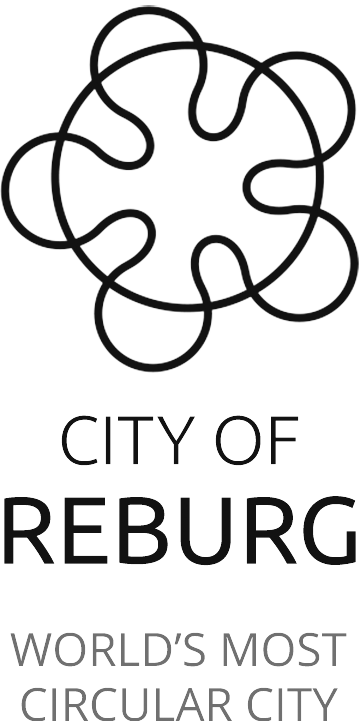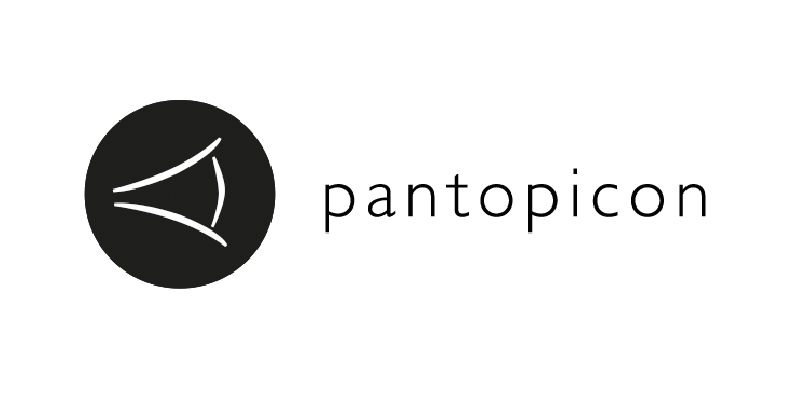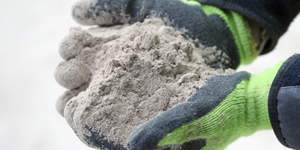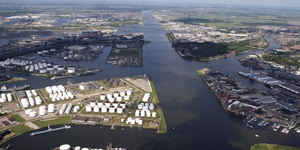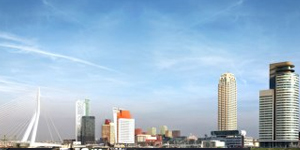
The FabCenter is the intelligent startup zone for the urban manufacturing industry.
The Urban Livers process residual streams into new high-value chemical components for Reburg's industry.
Reburg is connected with other cities, creating the global circular trade system.
The coffeeshops at Reburg collect used grain to process them into new biochemical applications.
This tower is essentially a vertical industrial park, where one business's waste is another business's resource.
Revive Lane is a high end shopping street for repurposed goods and services.
The FabCenter_

zoe mertens: "Let's start off with our FabCenter. The FabCenter is a place that links all the local makers guilds to other FabCenters across the globe. Experimenting and tinkering is the core of a FabCenter. Case studies carried out by the local makers guilds are digitally shared with the whole world. This knowledge can then be accessed globally and ideas can easily be built upon and prototyped. The FabCenter in this way acts as an intelligent startup zone for local manufacturing businesses."
"I am working closely with Sam at the FabCenter. He's the founder of one of our networked Makers Guilds in Reburg. Together with the Reburg University we are looking into finding ways to apply certain ‘waste’ streams – we call it collateral output - being filtered from Reburg’s Urban Livers into new materials. Local makers of the guild can experiment with it and find new opportunities in their applications."
Why is this circular?
The circular economy is as decentralized and local as feasable. The shorter the loops from production to consumer to take-back, the better. In that manner a circular economy reduces transportation losses in terms of energy and resources. Recent technologies make this kind of decentralization possible. Knowledge is already globally connected and decentralized; production techniques like additive manufacturing provide opportunities to manufacture locally.
That's why industrial activities can again thrive within cities, like the crafts and guilds once did in medieval times. FabCenters act as an incubator for these new urban craftsmen and women. They provide a safe haven for free experimenting, with infrastructure, machines and knowledge.
IT'S HAPPENING TODAY_
Signals of change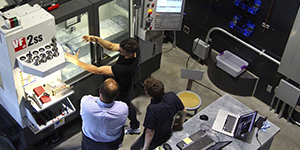
Bolt
A makerspace and tech incubator.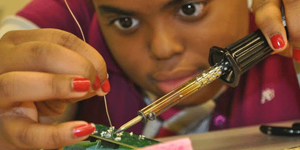
Fabfoundation
Facilitating the growth of the international fab lab network.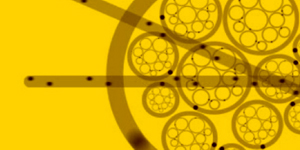
Barcelona 5.0
From Fab lab to Fab City.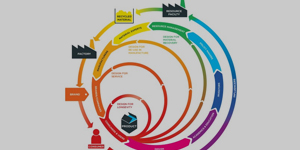
Hacking the circular economy
Why having circular economy thinking in makespaces provides the perfect combination for disruptive innovation.The Industrial Symbiosis Tower_

zoe mertens: "The Industrial Symbiosis Tower is essentially a vertical industrial park for manufacturing SME's. The businesses in the tower live in a symbiotic relationship: one's 'waste' (called collateral output) is another's resource. A vertical looped conveyer belt moves the resources up and down the tower from business to business."
"To make the Tower work and create a win-win, you need somebody in the middle who can act as a matchmaker. Myself, I love finding these new connections and finding ways that allow these different entities to push each other and their ideas, and to break out of their bubbles and singular mindsets."
Why is this circular?
The circular economy is all about creating smart loops of resources while keeping them at their highest possible value. Also, these loops should be as short as economically feasable, to avoid transportation losses and externalities.
Industrial symbiosis combines these two ideas. An industrial symbiotic system closely ties together different industrial enterprises in one place so they can use each other's residual streams as a resource. These streams can be discharged chemicals, heat, steam, resource surpluses, parts... The result: a win-win-win. The supplier gets money for his 'waste', the buyer gets his resources cheaply and waste is reduced.
The Symbiosis Tower applies this concept vertically and in the middle of the city. Crafts and manufacturing are interconnected and become part of the urban fabric.
IT'S HAPPENING TODAY_
Signals of change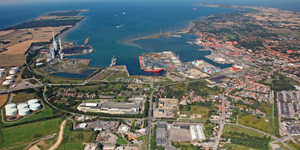
Kalundborg Symbiosis
Denmark's near-zero-waste wonder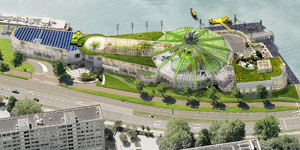
BlueCity010
A proposed project for a circular industrial symbiosis.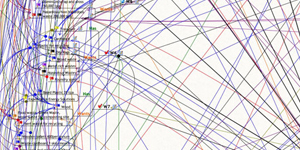
International Synergies Limited
Global leaders in industrial ecology solutions forthe circular economy.
FISCH Symbiose
Belgian residual stream matchmaking (dutch).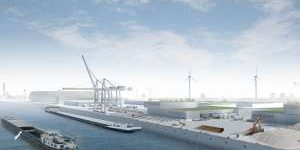
Blue Gate Antwerp
A water-linked eco-effective industrial park.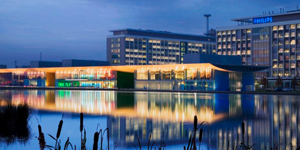
High Tech Campus Eindhoven
Campus companies (a.o. Philips, NXP, IBM, Intel) strategically share knowledge, skills and R&D facilities.Coffee shops_

zoe mertens: "In Reburg we have Circular Coffeeshops: the whole building and interior is made out of coffee ground derivatives: the insulation material, the furniture, the pillows, the cups... The tons of grounds in the city are collected and returned to the Urban Livers on a daily basis. The livers process them into various new high value products: they become nutrients for the vertical farms, bio-chemicals for the textile guilds or a base product for plastics."
Why is this circular?
The circular economy is all about creating smart loops of resources while keeping them at their highest possible value. Reuse and remanufacturing of components and materials is often preferred above recycling, since recycling destroys the original properties of a material or object and reduces it merely to the resources it is made of.
Materials and components should be carefully selected according to their properties at the end of their (first) life. Coffee grounds, for example, provide applications that generate value far greater than just composting it. The specific chemical properties can be applied for example in the textile industry, as a base product for plastics, to make advanced biofuels...
IT'S HAPPENING TODAY_
Signals of change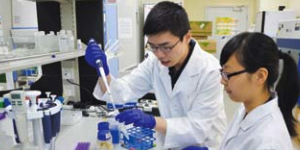
From food waste to treasure
from coffee grounds to plastics, from food waste to graphene, from banana peels to glass...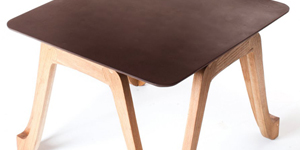
Çurface
Furniture made from coffee grounds.
S.Café Fabrics
Textile made from coffee grounds.
Bio-bean
Advanced bio fuels made from coffee grounds.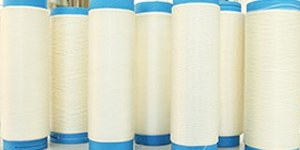
Q milk
Textiles made from milk waste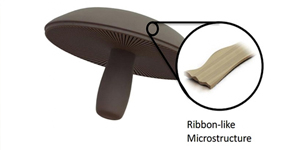
Batteries from mushrooms
Heat-treated skin of portabello mushrooms as a base for batteries.Revive lane_

zoe mertens: "Although we are moving to create new and better things, we also look into the reintegration and re-appropriation of old components, knowledge and processes. Revive Lane expresses that sort of thinking."
"Revive Lane is a high-end shopping lane where old technologies and products are being repurposed and reapplied to carry out much wanted functions for new owners. Old-Tech Re-appropriator Jim's past work was to repair simple robotic arms in the car manufacturing industry. The arms have become more sophisticated so Jim started pairing his knowledge of the old with people's new ideas and problems. That has presented an opportunity to lease remanufactured robotic 'Helping Arms' to assist disabled or elderly people at home."
Why is this circular?
Revive Lane is a high end shopping street dedicated to circular businesses. For the circular economy to take off, it needs both a sizeable market push - producers offering cricular products - and a market pull - customers/users buying circular products. Only a steady demand makes circular offerings economically viable and reduces prices to competitive levels.
That is why circular products need attractive and accessible marketing channels. Not in the margin, but at the center of the economy. Non-virgin products, leasing and sharing become mainstream or even high end, with circular businesses popping up at shopping streets and malls.
IT'S HAPPENING TODAY_
Signals of change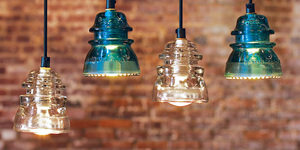
HipCycle.com
Online market for high quality upcycled products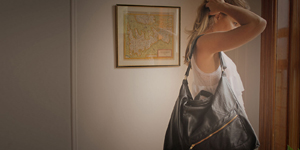
reMade USA:
High end upcycled fashion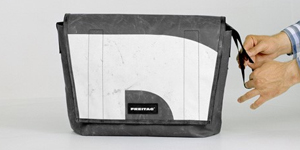
Freitag
Contemporary bags from truck tarp.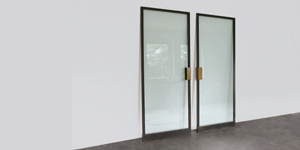
Rotor Deconstruction
Reuse market for components from demolished buildings.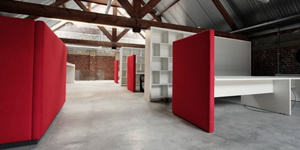
NNOF
Creative refurbishment of office furniture.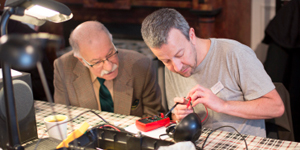
Repair Café
Repairing together.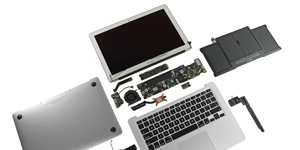
ifixit
Join the repair revolution.Urban Livers_

zoe mertens: "The Urban Livers of Reburg take waste - in Reburg we call it 'collateral output' - from the city and, following the function of the human liver, filter and detoxify it to create new raw materials. The engineers at the Livers team up with crafters and makers from the local FabGuilds to make specific chemicals that can be reused and refashioned into new products and services."
"Those chemicals often remain the property of the Livers, while the end users lease them. After usage the Livers take the chemical compounds back and reprocess them to their near-original quality."
"Luckily technology helps a lot: our databases and advanced materials tracing systems close and match the resource loops in the city."
Why is this circular?
If you consider a city to be a living system, with streams and flows looping and going in and out - an urban metabolism -, you need processing facilities to manage those streams effectively. These facilities are be the metaphorical livers of the city. That's why Reburg has Urban Livers.
If collected properly and seperately, most of the residual streams of a city can remain in the loop in one form or another. Often, streams can even be purified and upgraded back to their original quality. The chemical technology of the livers is so advanced that it can tackle nearly everything the city throws at it. 'Waste' is just another source of molecules full of opportunities.
With their resource databases and advanced tracking technologies the Urban Livers meticulously organize the logistics (via a.o. an underground collection network) and processing of hundreds of streams in the city. To close the loops, the Livers apply chemical leasing: most of the chemicals remain property of the Livers, wile they merely rent the function of it. The customer uses them and after use returns the contaminated or dilluted product back to the Livers. The Livers have the best abilities to reuse the product effectively. Transparency, trust and quality control is offcourse vital for the process to work.
This centralized, monitored and closed loop approach leads to more efficient use of resources in the city. And to quality, environmental, and economic benefits.
IT'S HAPPENING TODAY_
Signals of change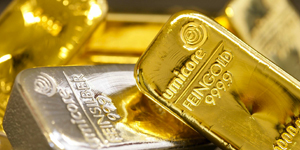
Umicore Precious Metals Refining
Urban mining is big business.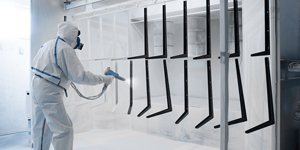
Take Back Chemicals
Chemical leasing in action.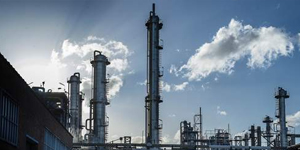
Indaver
High tech services for industrial waste.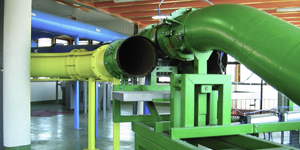
Envac
Sustainable vacuum waste collection systems.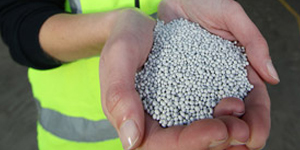
Fertiliser from sewage
Phosphorous recuperation from wastewater.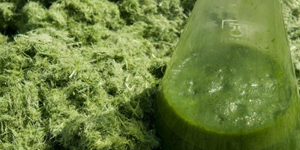
Grassa!
Refining functional proteins from grass.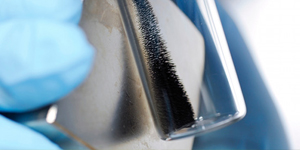
ReLaDe
Reusable laundry detergent using magnetic nanoparticles.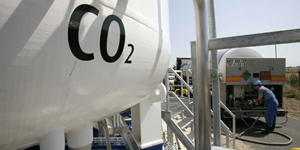
CO2ElectroRefinery
Converting CO2 to building block chemicals.Optimized loops_

zoe mertens: "At the Urban Livers we upgrade a lot of our waste – or 'collateral output' as we call it. But not all chemical byproducts can be refined efficiently or used instantly in Reburg itself. Therefore, coming and going daily from the City Harbor and directly connected to the Livers, Drone Boats take unrefined outputs from Reburg to other cities nearby. There the materials are refined properly, forming what is a larger loop in the global circular trade system."
Why is this circular?
The circular economy is as decentralized and local as feasable. The shorter the loops from production to consumer to take-back, the better. But then again, economies of scale matter as well. Not every industrial process can efficiently be decentralized. No single city can cost-effectively build a jumbo jet or upycle every specialised residual stream.
That's why closing the loops in a circular economy has to be planned according to the 'subsidiarity principle': streams should be managed at the most immediate or local level where they can effectively be reused. Municipal if possible, (inter)national if needed. So, the circular economy needs intricate logistics. That is why ports, stations and hubs will keep playing a pivotal role in a circular system. They are the connecting points for international resource cooperation.
Meet zoe mertens_

zoe mertens: "Welcome to Reburg! I work here as an urbaculturist. Urbaculturists are the ultimate circular matchmakers. We work with a variety of people and organisations. From fablabs, artists, scientists, non-profit organisations, makers and so forth. We connect these people and practices to develop new forms of industry, new market varieties, and innovative production techniques. By doing so we cultivate and harvest local material expertise and knowledge and boost a more efficient management of resources. In this way tackle issues like circularity, reverse logistics, or the impact of certain production methods on local ecosystems.
Click on the tabs to navigate through Reburg

 Fabcenter
Fabcenter